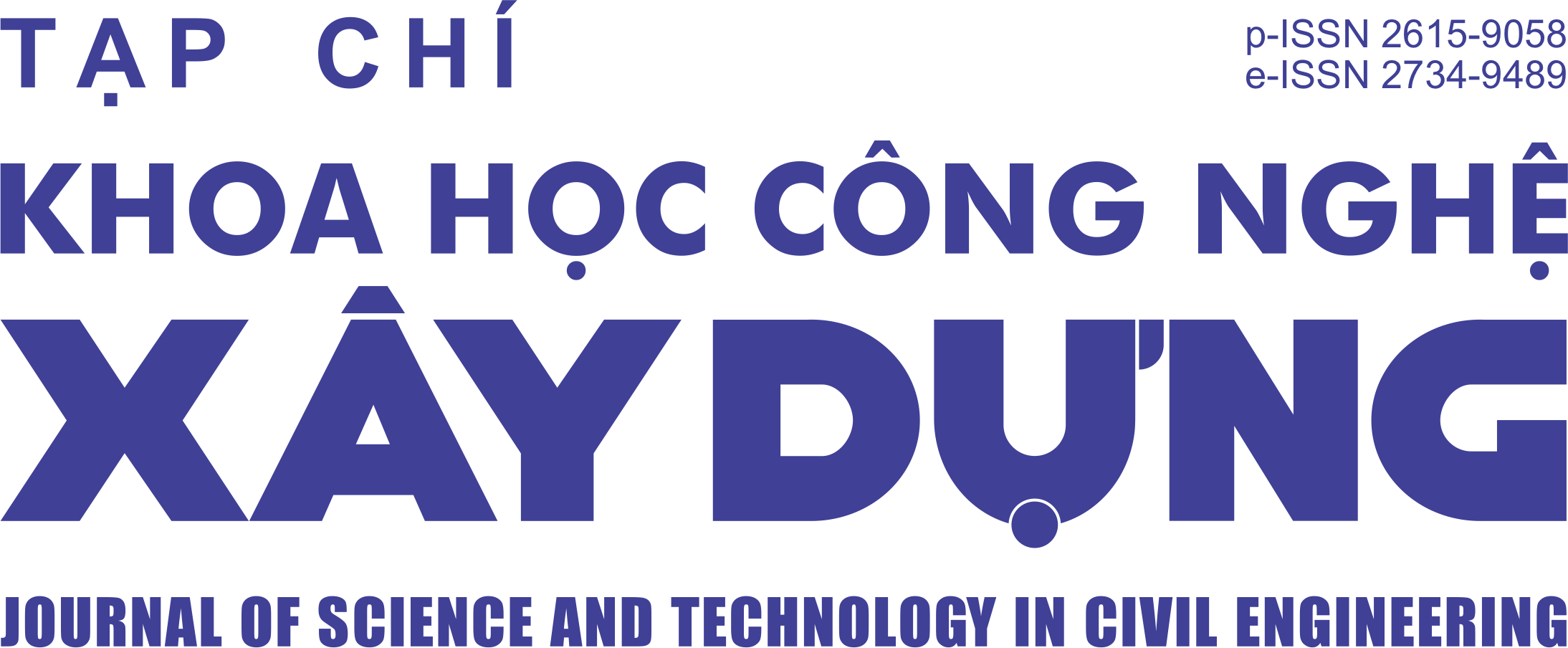Study on dislocation cell structure, dislocation density-fatigue property relationship of a structural steel
Abstract
In this study, the evolution of the dislocation cell structure and variation of mechanical properties of structural steel under low-cycle fatigue were studied using the indentation experiment, optical microscope, and transmission electron microscope examinations. The results indicated that the dislocation cell structure was well-formed under cyclic loading. When the strain amplitude increased, the original grains were broken more, leading to the dislocation cell size tended to decrease, while dislocation density showed an increase with the further increase of strain amplitude from 0.4% to 1.0%, respectively. Both indentation hardness and yield stress tend to increase when the cyclic loading increases. The change in the dislocation structure was responsible for the strengthening of fatigue mechanical properties, meaning that the dislocation density tended to increase, while the dislocation cell size showed a decrease with the further increase of fatigue condition, leading to the increase of both hardness and yield strength since mechanical properties were inversely proportional to the mean cell size. The results of this study can be used for the practical designs as well as to understand the microstructure changes in structural steel subjected to cyclic loading.
Downloads
Copyright (c) 2022 Hanoi University of Civil Engineering

This work is licensed under a Creative Commons Attribution-NonCommercial-NoDerivatives 4.0 International License.
1. The Author assigns all copyright in and to the article (the Work) to the Journal of Science and Technology in Civil Engineering (JSTCE) – Hanoi University of Civil Engineering (HUCE), including the right to publish, republish, transmit, sell and distribute the Work in whole or in part in electronic and print editions of the Journal, in all media of expression now known or later developed.
2. By this assignment of copyright to the JSTCE, reproduction, posting, transmission, distribution or other use of the Work in whole or in part in any medium by the Author requires a full citation to the Journal, suitable in form and content as follows: title of article, authors’ names, journal title, volume, issue, year, copyright owner as specified in the Journal, DOI number. Links to the final article published on the website of the Journal are encouraged.
3. The Author and the company/employer agree that any and all copies of the final published version of the Work or any part thereof distributed or posted by them in print or electronic format as permitted herein will include the notice of copyright as stipulated in the Journal and a full citation to the Journal as published on the website.







